Broadly speaking, decoupling mainly has three levels:
Consensus decoupling, separating the consensus mechanisms of the public chain bottom layer and the sub-chain, so that the two do not have to rely on the same consensus;
Token decoupling, the public chain Gas consumed by contract developers and the sub-chain Gas consumed by the end users of the application are independent of each other;
Organizational decoupling, the internal division of labor and external cooperation of the application do not need to be confirmed through traditional contracts, but through the payment of tokens to call the contract of the public service set, thereby realizing the value exchange in the process of large-scale collaboration;
Subspace modular structure
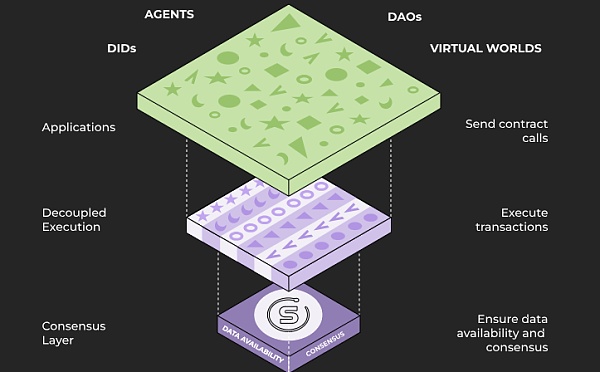
Subspace was founded in 2018 by Jeremiah and Nazar in the United States. It is a modular blockchain network divided into a base-layer consensus chain and an almost unlimited number of auxiliary execution chains (domains), which decouples consensus from computation by separating transaction execution into independent domains.
User-oriented application layer allows the construction of any imaginable application, thereby fostering new opportunities in business areas such as automated transactions and protocols, governance, games, and virtual economies;
Decoupled execution layer supports any state transition framework and execution environment that can execute code of arbitrary complexity. Domains support application layer and integration and interoperability across different blockchains;
Farmer's consensus layer, promoting decentralized security and fairness, allowing anyone with an SSD (solid state drive) to participate. It is designed with scalability in mind and supports high-throughput transaction processing;
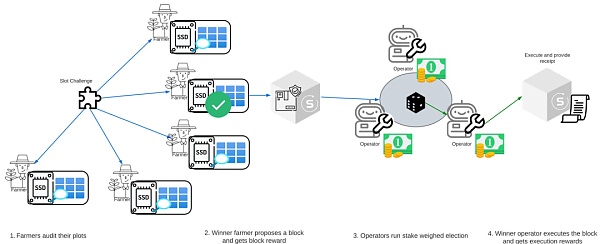
Based on this, Subspace solves the impossible triangle without compromise:
Secure and Sustainable Consensus: The Proof of Archive Storage (PoAS) consensus maintains the honest majority assumption and permissionless nature of the BTC Nakamoto consensus without the huge electricity costs to maintain;
Complete Decentralization: Decoupled execution makes Plotting&Farming (maintaining consensus) lightweight and resistant to pooling, while the Farmer storage network allows the blockchain to expand massively without centralization;
Aggregate expansion: Block decoupling and data availability sampling enable vertical expansion, while Subspace's unique separation of consensus and computation makes the executor's overhead logarithmic (n, overhead horizontal expansion);
Factors affecting network stage and progress
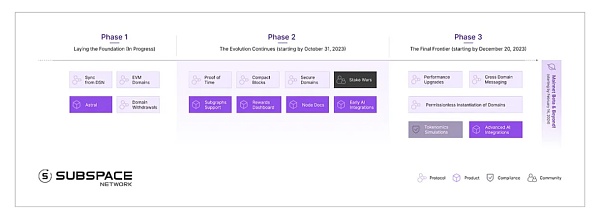
A blockchain mainnet may contain multiple important components, which together constitute a complete ecosystem to ensure the security, reliability and decentralization of the network. Different projects and applications have different focuses, but they all have an important impact on the functions and characteristics of the mainnet, as follows:
Chain foundation: blockchain protocol, decentralized identity, data structure, encryption algorithm, consensus mechanism, governance token, privacy protection, identity authentication and management;
Network development: smart contracts, cross-chain standards, upgrade mechanisms, governance tools, expansion solutions, application interfaces, developer ecology, user interfaces, and security audits;
Ecological foundation: ecological funds, partnerships, ecosystem governance structures, and system funding plans;
Ecological development: compliance mechanisms, voting mechanisms, on-chain governance, off-chain interactions, and asset interoperability;
As of the time of posting, the Subspace public test network has lasted for nearly 2 years, with nearly 10 network versions and continuous testing of more than 10k nodes from 5 continents around the world. According to official news, it is expected that the final necessary work will be completed in the second quarter of this year and the main network will be launched in the middle of the year. The current key events include (but are not limited to):
Token Economy Finalization: Partnering with Blockscience, a systems engineering, R&D and analytics company that analyzes and designs secure and resilient socio-technical systems by integrating cutting-edge research, applied mathematics and computational engineering;
Completing Code Security Audit: Partnering with SR Labs, an independent security research and consulting team focused on enhancing the ability to resist real-world hacker threats;
Compliance Design: According to official information, Subspace has obtained a ruling from the Swiss Financial Market Supervisory Authority "FINMA" confirming the eligibility of its token as a utility token;
Test Network Finality: It is expected that the Gemini 3H test network currently in operation will reset and enter the "Main Network βeta Taurus" after the end of the test network. By launching the Space Race, Farmers commit to providing as much space as possible to ensure network security in the early stages of the mainnet. Once the committed space reaches the expected threshold, the network will activate the "Mainnet βeta Taurus" by enabling block rewards until it runs stably and is updated to the "Mainnet Omega";
Network Growth Notes
Subspace Archive Storage Proof allows Subspace to provide permanent decentralized storage for blockchain protocols & applications on a large scale. Farmers collectively store chain history, and each node can operate as a single distributed archive node. The data to be stored can be embedded in Subspace transactions and retrieved from the Farmer network when needed, so that it can be permanently stored on the network.
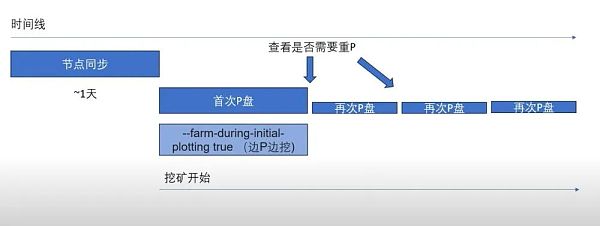
As the Subspace network grows in history, the continued addition of new data sets and old copies will cause sectors to fail one after another. Continuous P disks (storing new data fragments) to maintain the latest data status can not only maintain data permanent storage and solve data expansion, but also be a means for Farmers to maintain their network income status.
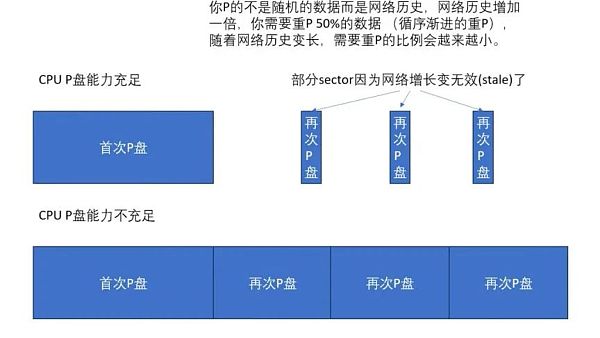
In summary, Subspace provides innovative solutions for the security, scalability and decentralization of blockchain, while achieving scalable permanent storage, pointing out an innovative path for the future development of blockchain technology.






